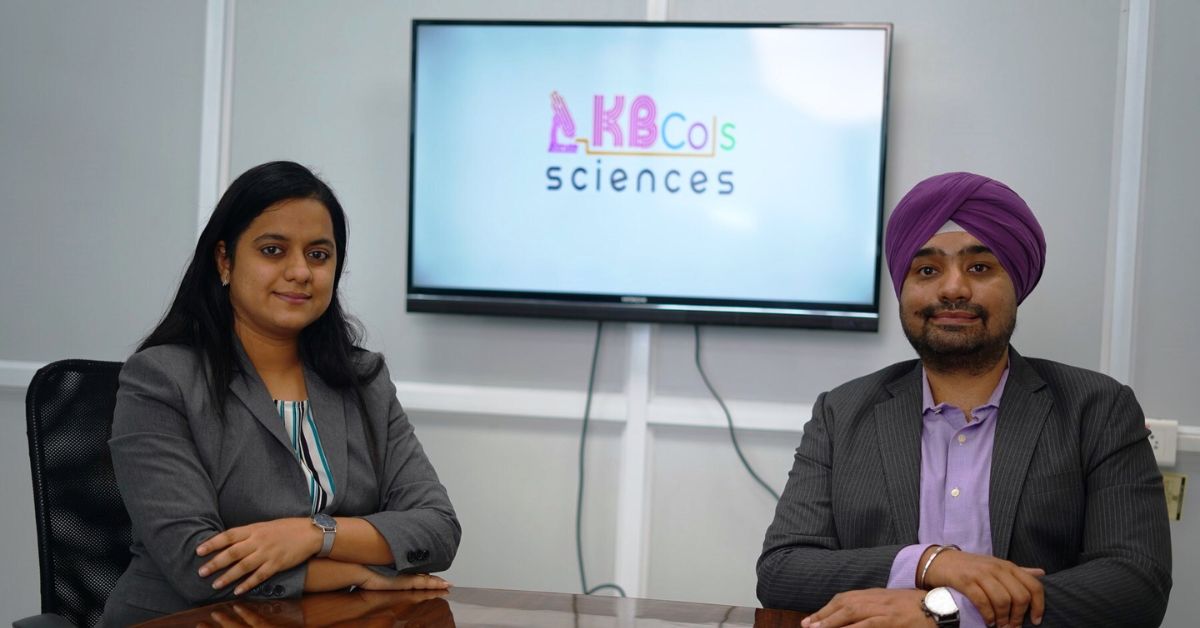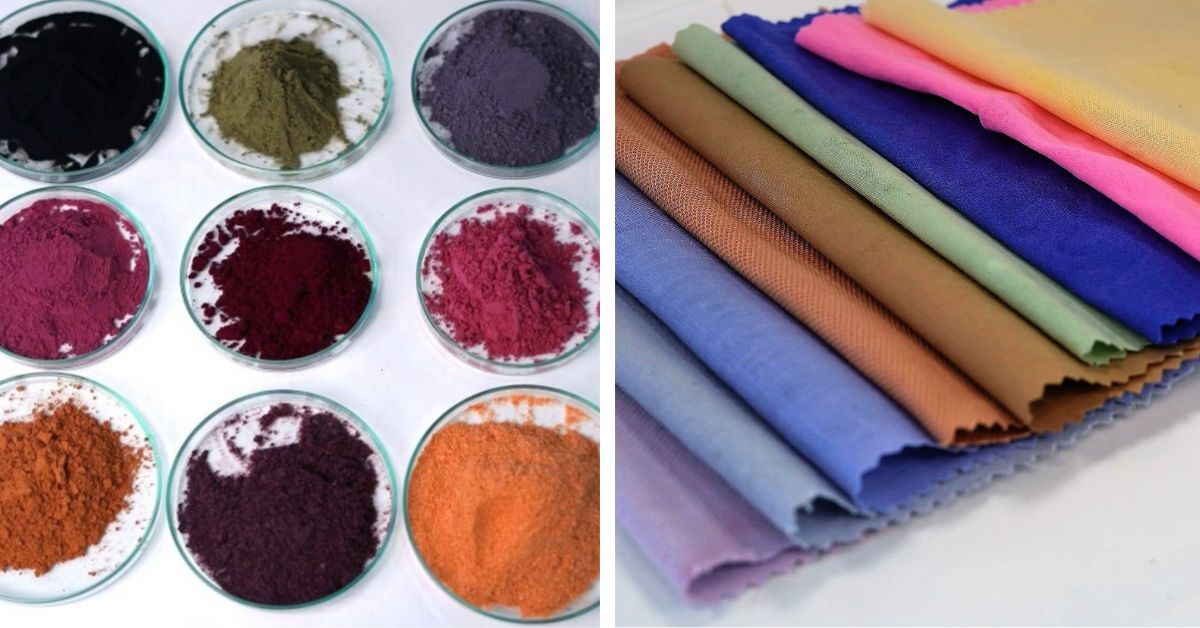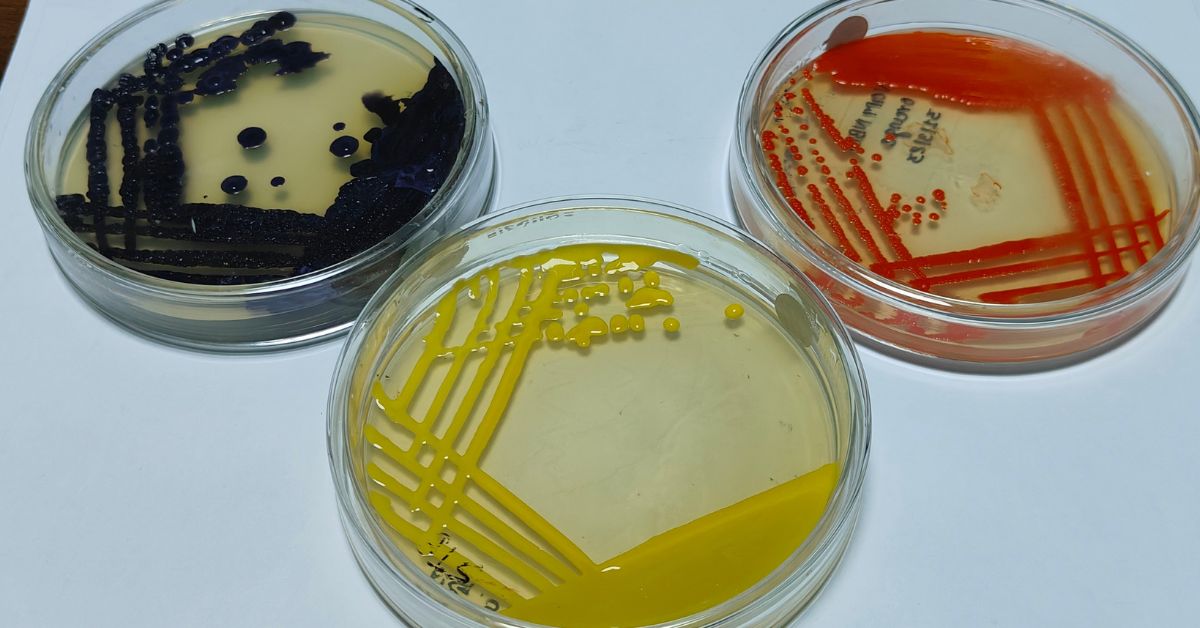
[ad_1]
Chemical dyes wield a big however usually neglected influence on India’s setting. Within the bustling textile trade, the place colors flourish, the widespread use of chemical dyes presents a multifaceted risk to the setting.
These dyes, laden with heavy metals and poisonous compounds, discover their approach into water our bodies, soil, and air, polluting essential pure sources. They not solely pollute nature but additionally have an effect on the meals chain in water our bodies.
As per a analysis paper by Science Direct, “The textile dyes additionally act as poisonous, mutagenic and carcinogenic brokers, persist as environmental pollution and cross complete meals chains offering biomagnification, such that organisms at larger trophic ranges present larger ranges of contamination in comparison with their prey.”
Options similar to utilizing flowers to make colors and textile dyes have been gaining reputation, however they arrive with a set of challenges together with availability, probabilities of fading and price.
“There may be additionally a problem of color consistency. The textile trade wants the color to be of the identical consistency on each fabric which turns into tough with flower-derived colors,” says Vaishali Kulkarni of KBCols Sciences.
KBCols is a science firm that makes pure dyes. Co-founded by Vaishali Kulkarni and her husband Aryan Singh, the corporate has discovered a approach of creating pure dyes from waste through the use of microbes!
How does the science behind this work? The founders clarify the intricacies in an interview with The Higher India.
‘This was future’
Born and raised in Mumbai, Maharashtra, Vaishali informs she by no means deliberate that she would develop into an entrepreneur. “I’m a science individual however the flip of occasions led me into the color trade,” she says.
After finishing her postgraduate research, she determined to go for a PhD from a school in Mumbai.
“Throughout my PhD research, initiatives usually got here to our school in regards to the therapy of colored water within the textile division. Researchers had been tasked with addressing this situation by using varied unit operations to purify the water. It turned evident that prevention was higher than remedy,” she ponders.
This gave me an concept about how she may make pure dyes as an alternative of attempting to purify the contaminated water.

It was throughout this time that she met Aryan, who had an analogous concept.
“We aimed to sort out the basis trigger moderately than cope with the implications. This led us to the realisation that as an alternative of managing the discharge of dangerous colors into the water after their use in textiles and different industries, it will be extra prudent to develop safer alternate options. This concept sparked our curiosity, and we started engaged on it diligently,” she informs.
As soon as the PhD was full, she determined to attempt to safe a grant from the federal government.
“We utilized for a grant, and it was awarded to KDCols to conduct proof-of-concept (POC) research. As per the grant necessities, we needed to choose an incubator centre if we didn’t have entry to a lab or any particular subjects in thoughts,” she recollects.
“The closest one to Mumbai was in Pune, the place the Enterprise Heart supplied this facility. Consequently, we had been incubated there, and our journey started in earnest in 2018,” she provides.
The corporate was based by the duo the identical yr, and so they have been working ever since to make natural colors from waste.
“Everyone knows that colors are ubiquitous, present in almost each trade, together with textiles, meals, and cosmetics. We frequently affiliate particular colors with sure merchandise, just like the expectation that apples ought to be crimson. Consequently, color performs a big position in our day-to-day actions,” ponder Vaishali.
With about 80 % of the industries on the earth utilizing chemical dyes, they’re affecting our petroleum sources too.
“These dyes are primarily derived from petroleum sources, that are finite. Due to this fact, it’s inevitable that at some point, these petroleum sources will develop into exhausted. An efficient different was the necessity of the hour,” she says.
In right now’s market, choices within the type of vegetable and flower colors can be found, however they lack sustainability.
“They require huge quantities of land for cultivation. As an illustration, rising particular crops or flowers necessitates intensive land sources and is commonly topic to seasonal differences, taking months to mature,” she says.
Utilizing microbes to make colors
One of many major challenges confronted by the trade with these flower and vegetable colors is their lack of reproducibility. Their colors range, making it tough to realize consistency. This inconsistency prevents their widespread adoption on an industrial scale.

“To deal with this situation, the duo determined to make use of micro-organisms. Our colors are pure bio-colours, providing a dependable and sustainable answer to the challenges posed by conventional vegetable and flower colors,” she states.
The uncooked supplies to make these colors are derived from waste.
“Microorganisms possess inherent properties that allow them to supply colors, as reported within the literature. Nevertheless, regardless of this data, nobody in India has ventured into industrial or industrial manufacturing utilizing this methodology,” she says.
Recognising this untapped potential, the duo determined to discover this space and supply pure color choices.
“Our strategy includes utilising a mix of plant or vegetable colors. These colors might be cultivated inside a vertical reactor, permitting for environment friendly manufacturing inside a batch time of 16 to 24 hours,” she says.
She continues, “Remarkably, this course of doesn’t depend on petroleum sources or excessive temperatures for cultivation. As an alternative, we utilise agricultural waste, together with sugars and salts, to domesticate the microorganisms throughout the reactor.”
Speaking concerning the analysis and growth course of, she talks concerning the limitations that include utilizing microbes.
“Microorganisms have a tendency to supply color when subjected to emphasize. Due to this fact, we should acquire samples from varied environments the place microorganisms are naturally uncovered to stressors. To isolate the pigmented microorganisms from the multitude of micro organism and microorganisms includes gathering soil samples and screening water and air samples from various places. Remarkably, even a tiny quantity of soil, only one milligram, can yield 1000’s of microbes,” she says.
She provides, “Whereas this analysis and growth part is time-consuming, as soon as now we have efficiently remoted a microbe with a desired color, it turns into a invaluable proprietary asset of the corporate.”
How did it translate out there?
Isolating microbes being a time-consuming course of is what has delayed the couple from launching their merchandise out there.
“We beforehand collaborated with a designer primarily based in Pune, to launch a small assortment. This assortment was showcased on the Lakme Trend Week 2022 in Delhi, the place fashions wore clothes dyed with our colors. Whereas this served as a delicate launch, our official industrial launch is scheduled for both the top of this yr or the following,” she informs.
Speaking about how their colors are aggressive with the artificial colors out there, Vaishali explains, “In textiles, the efficiency parameters are primarily based on three elements: color fastness to gentle, washing, and rubbing. Color fastness to gentle refers back to the cloth’s capacity to withstand fading when uncovered to daylight. Washing fastness assesses how effectively the color holds up when subjected to harsh detergents. Rubbing fastness measures the color stability of the material below friction.”

For every parameter, industrial requirements usually vary from 1 to five, with the next worth indicating higher efficiency.
“Chemical colors usually rating an ideal 5, whereas our pure colors usually obtain a ranking of three to 4 for gentle fastness and 5 for laundry fastness which is a suitable trade normal,” she says.
Sharing her future plans, Vaishali informs that the duo is targeted on launching the product as quickly as potential.
“Presently, we’re additionally within the strategy of developing our demonstration plant in Pune, with an estimated capability of round 500 kg per thirty days. This growth goals to extend our manufacturing capability. Moreover, we plan to diversify into the cosmetics and meals sectors, along with textiles,” she shares.
Wish to know extra about their ingenious know-how? Go to their web site to know extra.
(Edited by Padmashree Pande)
[ad_2]